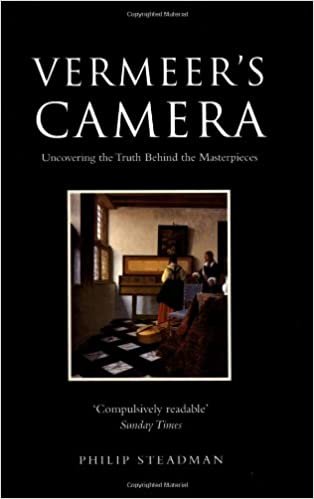Philip Steadman.
PHILIP STEADMAN: JOHANNES VERMEER BIOGRAPHY
VERMEER’S CAMERA: UNCOVERING THE TRUTH BEHIND THE MASTERPIECES (2002)
Johannes Vermeer (1632 – 1675) was a Dutch painter who specialized in domestic interior scenes of middle-class life. He is considered one of the greatest painters of the 17th century Dutch Golden Age. In this book Philip Steadman argues that Vermeer used a camera obscura to capture the scenes he painted. As part of his research Steadman built a scale model of the room in which several of Vermeer’s paintings were set.
ABOUT THE AUTHOR
CLICK HERE FOR A VIDEO OF THE AUTHOR (6 MINUTES)
After reading architecture at Cambridge University Philip Steadman (born 1942) joined the university’s Centre for Land Use and Built Form Studies. In 1972 he was a visiting research fellow at Princeton University, and moved in 1977 to the Open University. In 1999 he joined University College London as a professor in the Bartlett School of Architecture.

